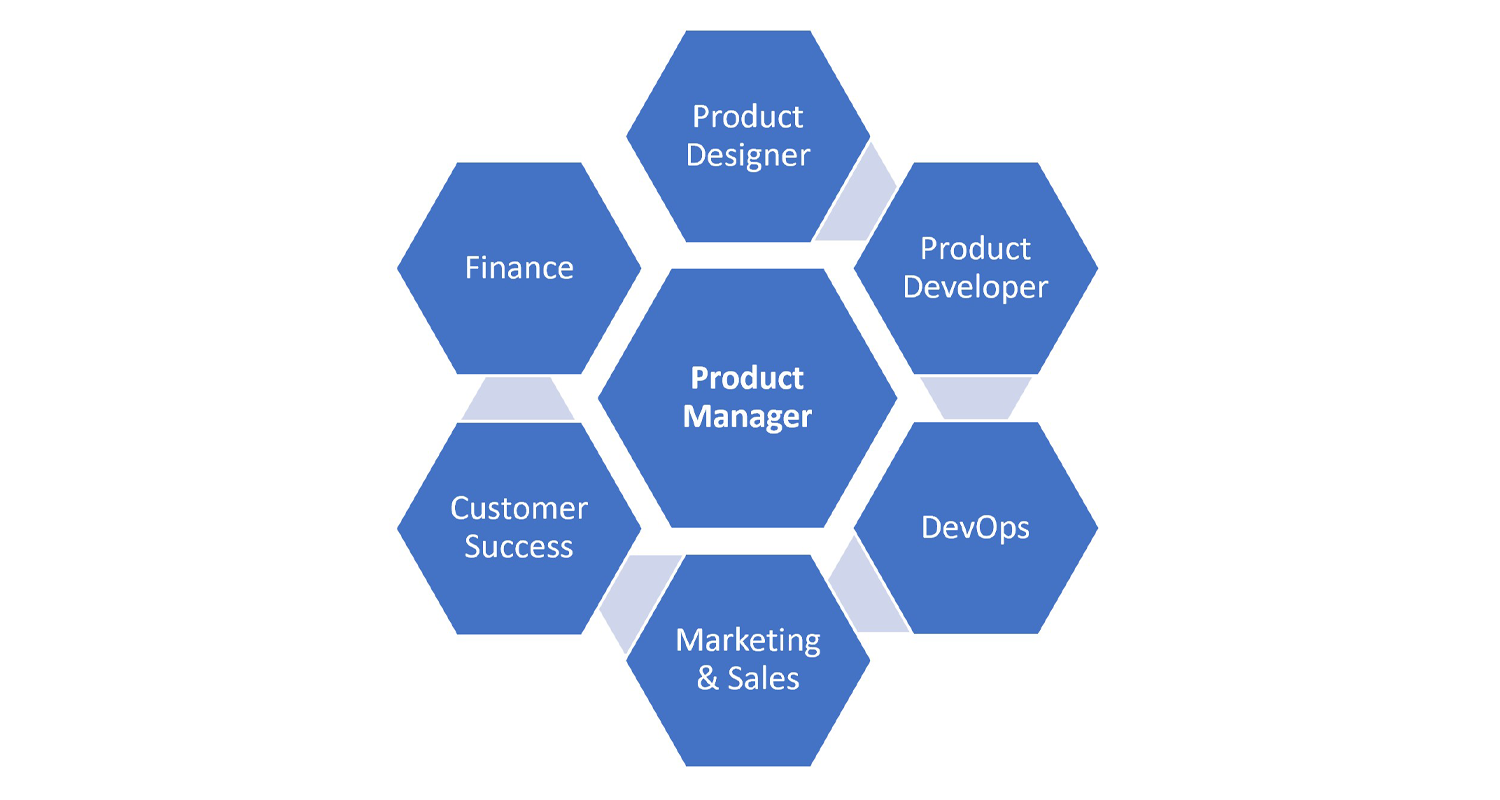By Brian Nejmeh and Jon Sappey
How the Realities of Market Maturity, Company Maturity, and Solution Maturity Shape the Development of the PM Function
At INSTEP, we’ve developed our Five Product Management Movements model (5PMM) to describe a fully mature Product Management function in a viable SaaS business. We believe it represents a robust portfolio of capabilities and relationships that can support best-in-class companies and deliver an appropriate balance of customer success and shareholder success. In this regard, it is an aspirational state for Chief Product Officers and other leaders in the PM function.
In reality, all SaaS companies are on a journey to fully mature product management practices as described in the 5PMM. We have yet to see a PM team that is “born” in this mature state, but many realize the need to get there – both because they experience the pain of immature practices, and because they see the benefits they can deliver to their customers, colleagues, and shareholders.
How does the journey to mature PM practices unfold? Of course, each company has its own specific circumstances, but we have observed three primary factors in developing a roadmap for intentional development of the PM function.
Factor 1: Market realities drive what PM capabilities you need and when
In working with many companies over a long period of time, we have developed an extensive framework of the product management function in the context of Geoffrey Moore’s Technology Adoption Life Cycle (TALC). There are three primary insights coming out of this work, relative to the development of a mature PM organization.
First, the nature of the activities in each 5PMM movement (Strategy, Planning, Development, Marketing, Operations) changes at each stage of market development. Consider, for example, how Marketing changes from the identification and recruitment of design partners in pre-Chasm days; to identifying bowling alley segments and early-adopting buyers in the Early Market; to moving into a broad horizontal marketing mode and shifts in economic buyers in the Tornado and Main Street phases. The same sorts of changes are present for the other four movements (Strategy, Planning, Development, and Operations).
This leads to the second insight: the actual stage of market development (pre-chasm, early market, tornado, etc.) in which you are operating may determine what PM activities are important to develop sooner rather than later – and also which ones you can afford to delay. There is no need to focus on scaling product operations during the solution design phase, just as it is probably impractical to start pre-Chasm work while you’re in the Tornado.
The third insight relates to staffing the PM team based on these realities. Certain temperaments and strengths are better suited to specific stages of both the 5PMM model and the TALC. While it’s nice to think there are five-tool product managers who flow effortlessly from one stage or movement to the next, the reality is that skills, tendencies, and strengths tend to fall along narrower lines. So, it’s important to consider your talent pipeline in this context as well.
Emerging markets are incredibly powerful forces that you ignore at your peril. If you’re fortunate enough to have a strong product-market fit in a growing category, all of your PM energy should be directed to maximizing the opportunity in the here and now. On the other hand, if your solution is out of synch with the market – whether you’re behind the pack or misjudged solution requirements, etc. – you have to make a strategic adjustment, recalibrate, and find a way to catch market momentum. The PM function should lead the way.
Factor 2: The transition from Founder/CEO as Chief Product Officer to a true PM function
The second factor in a company’s journey to a mature PM function involves the transfer of “ownership” for a product from the founder(s) (and usually the CEO) to a Chief Product Officer or other leader of the PM function.
This can be a very political, emotional, and just plain awkward process for an entire organization. Often the CEO can’t keep out of the product details. This is understandable because s/he “gave birth” to the product, and may not trust the PM leader/organization to share the same passion, vision, or expertise in the domain. Meanwhile, the PM leader and team may become frustrated by their lack of de facto authority over PM decisions.
In these situations, we find the 5PMM model can be of assistance by calling out specific activities in the PM domain. These can be discussed individually and collectively in terms of the specific tasks and timing of the handover from founding CEO to CPO. All of the responsibilities do not have to be transferred at the same time. In many cases, the CEO/founders will continue to lead or at least contribute to the Strategy movement for some period of time. But the exercise can help create appreciation for the breadth of the PM function within the organization and particularly its leadership. And it can create a clear pathway to advancing the PM function.
Factor 3: The digital transformation of software to SaaS
SaaS-born pure-play software companies can skip this third factor since it involves understanding the nature of SaaS business and how that impacts the PM function. This understanding comes quite naturally if it’s all you’ve ever known as an organization – you’ve been that way since your founding.
On the other hand, there are two types of companies that typically struggle with SaaS PM maturity: older software companies that are managing on-premise/legacy portfolios as they move to the cloud; and digitally transforming companies that are moving from being hardware-centric to software-centric. We’ll touch briefly on both of these here.
SaaS and On-premise software represent two different business models, not just delivery modes, as detailed in this blog. Appreciating the differences between the two is crucially important for PM teams managing them both, especially as one consumes the other. Adopting a product-led growth mentality and a customer-success orientation are examples of the significant differences between the two, to say nothing of the necessary process of migrating On-premise customers to the cloud. Developing migration paths and timing for customers, and accounting for the potential churn associated with the change, are all part of the PM domain.
Our final example is one we have been encountering more and more frequently, as companies discover the wisdom in Microsoft CEO Satya Nadella’s declaration that “Every business is a software business.” Automobiles are the most obvious example, and one reads frequently about the emergence of the “software-defined vehicle” in the business and technical press. As more and more of the driving experience (as well as the sales and service experience) become part of the visual interface, car manufacturers are having to adopt more of a software product management mentality. This is equally true in the life sciences/medical device industry, where SaaS is connecting patients, doctors, clinicians, and payers in transformational ways. The role and position of the software PM function in these organizations is crucial to understand.
Summary
The factors described in this paper – market maturity, company maturity, and impact of digital transformation – will all have an impact on a company’s journey to a mature PM function. They will be inter-connected rather than independent of each other, and collectively they will advise the pace, timing, and specific nature of the development of PM capabilities. Creating a roadmap for this developmental process, based on the 5PMM model, is both challenging and rewarding for CPOs and other PM leaders. We welcome the opportunity to work alongside your team in this foundational process.
Where is your team on the journey to a mature PM function? How are the factors described here shaping your path?





